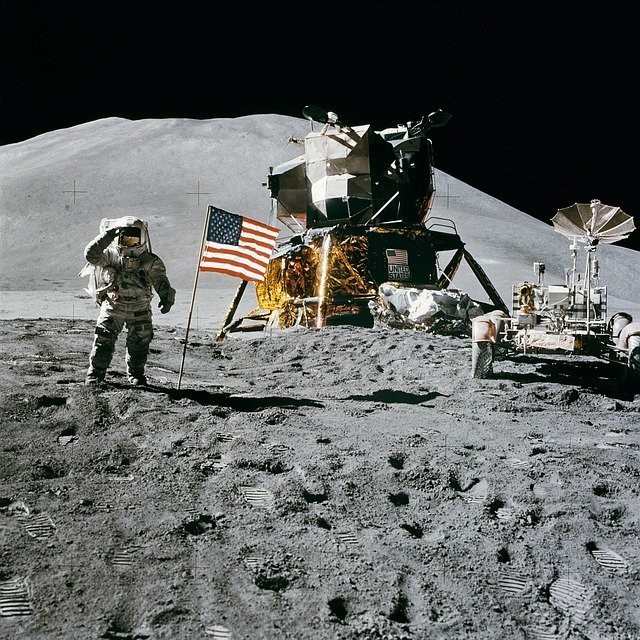
Administrator Jim Bridenstine, who leads NASA in the 'return to the moon' will help usher in a newer generation of space explorers, and astronauts in the next 10 years. The next moon landing will be another giant step for mankind, not a small one. A whole new generation of astronauts and spacecraft will be going there before the 2030s.
Bridenstine related that going back is important because of many reasons. First, the moon is the next waypoint to establish. Second, so mankind will have one foot to the stars once again, after the last Apollo missions.
Returning to the moon is as important as before, especially with ambitions to have foothold outside of earth.
The Artemis mission will be an extension of the Apollo missions, that explored only part of the moon. This Artemis program, see more of the moon will be explored and NASA intends to stay, not just pay a visit.
Establishing the moon as an outpost to the next stage of space exploration that may free man as another frontier.
Bridenstine also said that by travelling up to 250,000 miles till the moon, it demonstrates the technology, new developments, and how to handle the business of sending the first manned exploration of Mars. Gaining new technologies and establishing jump-off points for a 250-million-mile journey to the red planet Mars.
Nasa will send Artemis teams on a moon landing into the polar regions and in the south of the moon. It will be another step for mankind, just like Neil Armstrong and 'Buzz' Aldrin in 1969.
Water sources are important, so NASA will land in areas with frozen water, inside dark craters that have been unexplored by Apollo missions. Water sources are necessary to placing a waystation on the moon.
Accessing and controlling these vital water resources will help secure it for future settlements in the future.
These are the goals that NASA is convinced that will become a reality with the end of the Artemis program in 2028, which is not too far away, that is eight years from this time.
It is but natural for NASA to push for the Artemis program, that will be a stepping stone without the restrictive pull of Earth's gravity. It will be the ultimate springboard to sending the first men to Mars, in human history.
For the most part, the moon is not fully known, exploring more of the moon will be like never before.
Bridenstine said the International Space Station (ISS) has been manned and up there at 250 miles, in a low Earth orbit. It has been up and running for 20 years already. It demonstrates what humanity and cooperation can achieve and gain.
Most lunar mappings were done by the NASA Lunar Reconnaissance Orbiter (LRO) since Apollo 17, and no human has visited since 1972.
The Artemis 4 will change history in 2024 when NASA will send another mission with astronauts on this historic moon landing. Next will be the big jump off to Mars in the 2030s.
Related article: White Dwarfs Might Be the Place to Find Alien Life
© 2026 HNGN, All rights reserved. Do not reproduce without permission.








